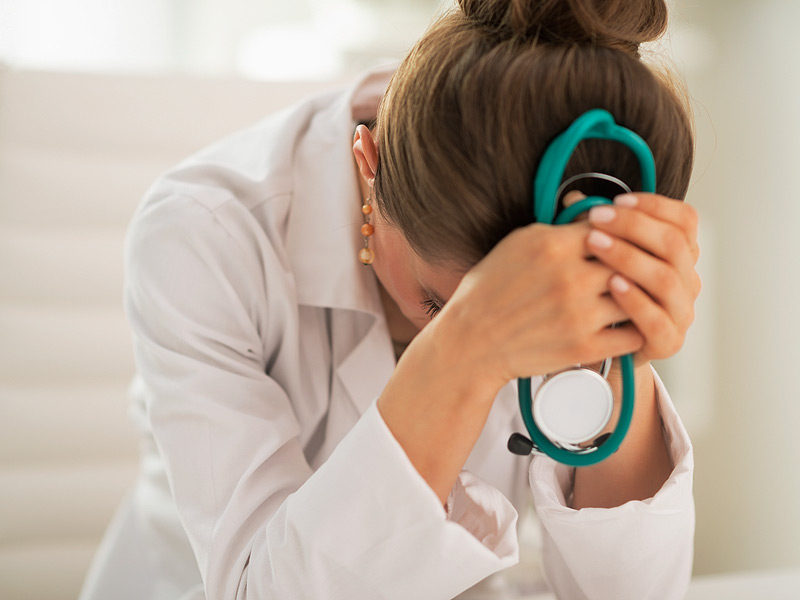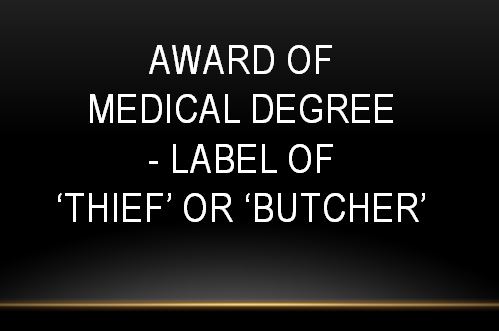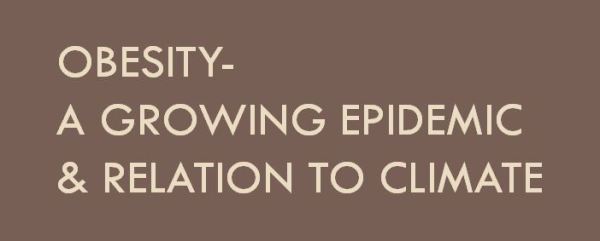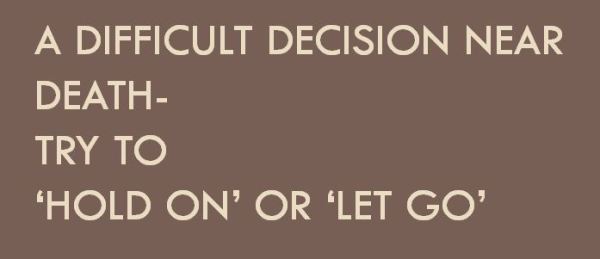Death is the inevitable conclusion of life, a universal destiny that all living creatures share. Death can occur through conflict, accident, natural disaster, pandemic, violence, suicide, neglect, or disease. But the evaluation and compensation of ‘Death’ in this new era of consumerism has become a story of paradox. Compare the situation when someone is admitted in hospital for a serious ailment to a healthy person who is travelling happily in train. It doesn’t require an Einstein’s brain to compare, who is more at risk for death. Although death in both situation is sad but the differential compensation formulas applied by courts and justice systems require a re-look in both the situations.
Accidents can happen everywhere. It can be on roads, trains or in the air and more possible in the hospital, when doctors are trying to save a critically sick patients. Chances are more in hospital as situation is akin to as doctors are trying to fly a defective aeroplane.
Medical accidents are usually interpreted as medical negligence. Ironically, for genuine mistakes or even a natural poor outcome, an impression is created as if the doctors have killed a healthy person and is assumed as a doctor’s fault. Not uncommonly doctors become punching bags as a revenge in case of a hospitalized death. The death is more perceived as failure of medical treatment rather than an invincible power or a certain final event. But all these issues are variable and depend upon understanding level and wisdom of people. What is surprising is the non-uniformity of courts and justice systems in evaluating and compensation of death. For hospital death alleged due to medical negligence – compensation formula is applied that is not used for other hundreds of healthy deaths.
Coromandel –Odisha- train accident
An unfortunate incident of train accident causing hundreds of untimely deaths happened yesterday. In fact the burden of negligence here (like a train accident- hundreds of deaths) in healthy deaths is massive and these deaths are unpardonable.
It will be interesting to see how courts apply the formula for compensation in hundreds of healthy deaths due to negligence as is applied in cases of medical negligence when someone has poor outcome.
That brings forth a fundamental question. Why compensation to death is not uniform? Why medical profession is handed over a harsher punishment and pays a higher compensation (while trying to treat) for a death which is more natural and consequence to some disease? Why for compensation in hundreds of healthy deaths that was completely unnatural – same formula is not applied?
Such differential evaluation and compensation of death is not only illogical and unreasonable but a grave injustice to medical profession. Point to ponder- if trying to save someone’s life raises a risk of heavy compensations, why should doctors do it?
Advantages-Disadvantage of being a doctor
25 factors- why health care is expensive
21 occupational risks to doctors and nurses
Covid paradox: salary cut for doctors other paid at home
Medical-Consumer protection Act- Pros and Cons
Expensive Medical College seat- Is it worth it?
NEET- Not so Neat- percentile system
The Myth of cost of spending on medical education needs to be made transparent.











